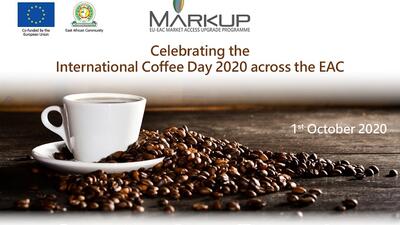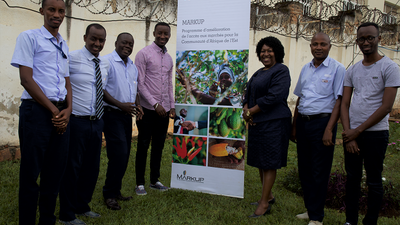


National Coordination meetings to boost leather sector development and regional integration in East African Community countries
The East African Community (EAC) countries are committed to developing a competitive national leather sector, with the goal of driving significant economic growth and fostering regional development.
National Coordination Committee Meetings were held in July in Kenya, Rwanda, and the United Republic of Tanzania, under the leadership of the EAC, with support from the International Trade Centre (ITC) and GFA Consulting Group, under the EU-funded EU-EAC Market Access Upgrade Programme (MARKUP II). These consultative workshops aimed to assess and monitor progress in implementing the EAC Leather and Leather Products Strategy, driving strategic sector development and enhancing regional collaboration.
During the meetings, stakeholders shared updates on the national implementation of the EAC Leather Strategy. Discussions focused on identifying opportunities for national value chain upgrades, prioritizing actions to strengthen the sector, and enhancing connections between national and regional platforms. Participants emphasized the importance of regional integration and collaboration, highlighting the exchange of best practices and improved trade conditions among EAC countries.
Key recommendations for fostering growth in the leather sector included:
• Analyzing export levies impact for the member states and the region: Conducting a comprehensive review and analysis of export levies on raw hides, skins, wet blue leather and crust to ensure maximum benefits for the sector.
• Activating the Leather Development Fund in each country: A dedicated fund, potentially sourced from export levies, can be utilized to support the construction of manufacturing facilities, the formation of industry clusters, and other related initiatives.
• Establishing common manufacturing facilities with shared machinery in strategic locations to boost local footwear production and support smallholders.
• Phasing out second-hand shoe imports: Advocating for a gradual elimination of second-hand shoe imports to protect and develop the local leather industry.
• Enhancing Public-Private Dialogue with a collaborative structure to guide policymakers and track progress towards improving industry competitiveness and growth.
These recommendations will be forwarded to the EAC Secretariat for further action and will be discussed at the regional meeting later this year to enhance leather sector competitiveness and strengthen integration.
Jean Baptiste Havugimana, Director of Productive Sectors (DPS), EAC Secretariat said: "Integration within the EAC involves uniting both strong and weak members to ensure collective progress. Strong members must not advance at the expense of weaker ones, and weaker members should strive to rise, not hinder. All partner states benefit equally from this balanced approach. For effective industrialization, collaboration among Partner States and non-state actors, including public, private, and civil society sectors, is crucial in building a unified, prosperous and competitive regional economy."
The leather sector in the EAC holds significant potential for industrial, social, and economic growth. Currently, the region has limited capacity to develop finished leather and leather products. However, there is big potential to trade more within the EAC and create value addition domestically to cater to the regional market. This will require efforts to build capacity of all the stakeholders along the value chain, implement a harmonized grading system and a pricing structure that rewards higher quality of hides and skins, establish manufacturing leather hubs and clusters, and create policies that encourage investment in value-added products. These efforts can diversify the sector’s export base, generate employment, and reduce poverty.














